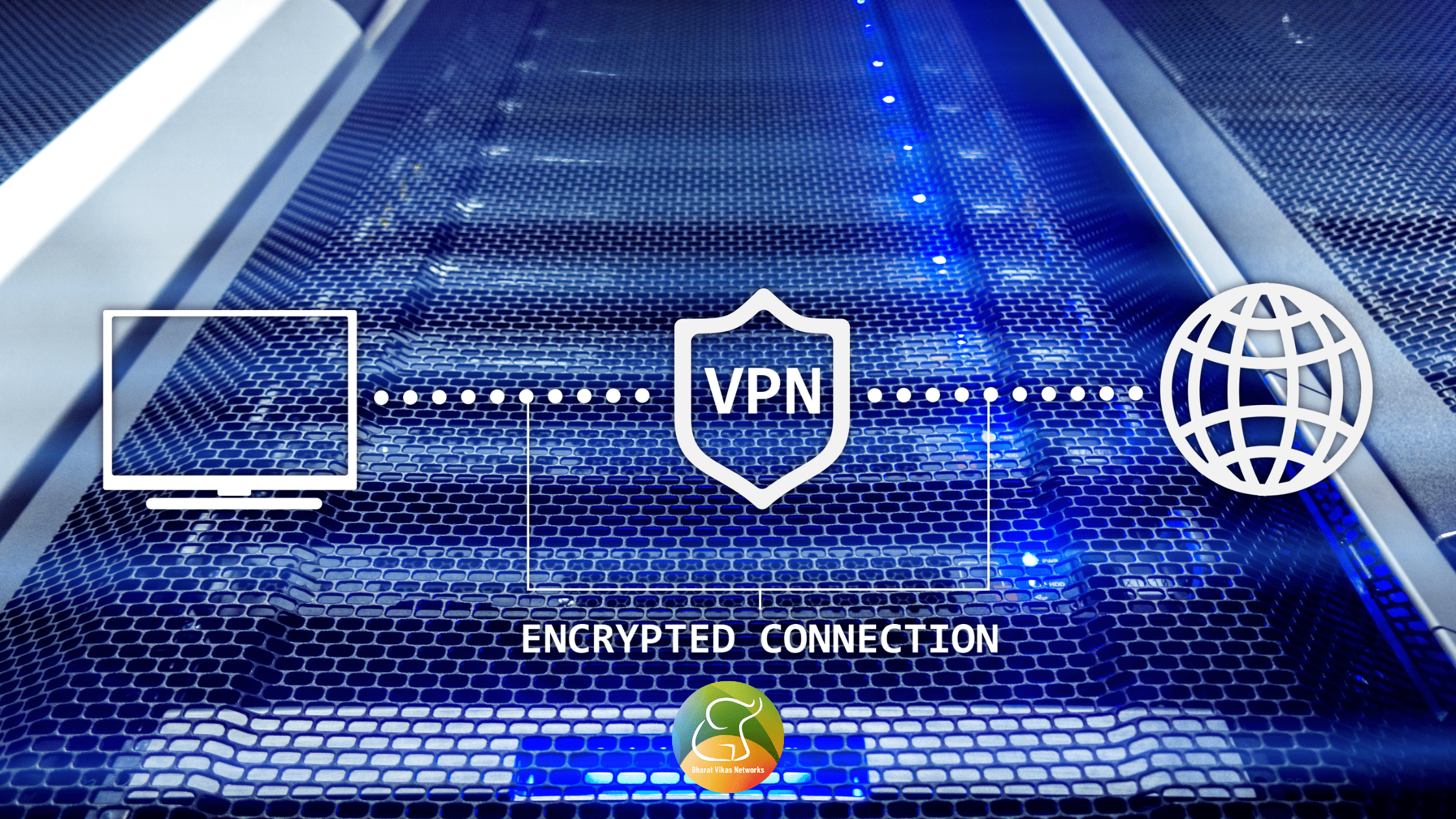Need for NaaS – Networking as a Service
With Networking as a Service (NaaS), businesses can have more control over their network infrastructure and even see improvements in how well it works. However, planning and careful testing are essential as firms look for ways to manage and control their networks as they try to run IT more effectively. NaaS is one of the most modern ways to run a business. It ensures competence through an on-demand provisioning strategy. With on-demand procurement, businesses may be more careful with their money and only pay for the networking services they need.
NaaS (Networking as a Service) can benefit businesses that want to be more flexible with their provisioning without having to redo their contracts or re-architect their networks. Moving networks to the cloud and using NaaS can pay off in a big way in terms of making them easier to manage, more accessible, and more reliable. NaaS offers ROI by making it easier for customers to switch from Capex to Opex and refocus labor hours on other priorities.

Features of NaaS:
- NaaS enables the customer to access the internet steadily and securely. When combined, it enables the client to use unique routing protocols.
- The customer receives network service from the NaaS with the aid of a virtualized network. The client benefits from this feature because they can concentrate on growing their business instead of managing and worrying about the setup.
- It helps the handler in a way by giving them a virtual environment that safeguards against their physical costs, such as the cost of the hardware and its maintenance.
- It also has a feature called “remote access” that lets a client get to the data from anywhere and at any time with an internet connection.
NaaS Service Models
1. Bandwidth-on-Demand
It is a method of distributing bandwidth across multiple nodes and users that is entirely dependent on the requirement.
Here, the prices can be changed based on how much traffic each node connected by the link needs.
2. Virtual Private Network
It combines the assets and the private network. It may include networks such as the public internet. VPN lets the host computer send and receive data over a private network by using tools and protocols for private networks.
3. Virtualization of mobile networks
Here, a network engineer creates a network and sells its software to a third party. The NaaS can be set up and is easy to use. It also has features like multicast protocols, safety firewalls, intrusion detection and prevention, bandwidth on demand, custom routing, and watching and sifting content.
Are you also looking for “Networking as a Service (NaaS)” for your firm? Contact us on [email protected]








